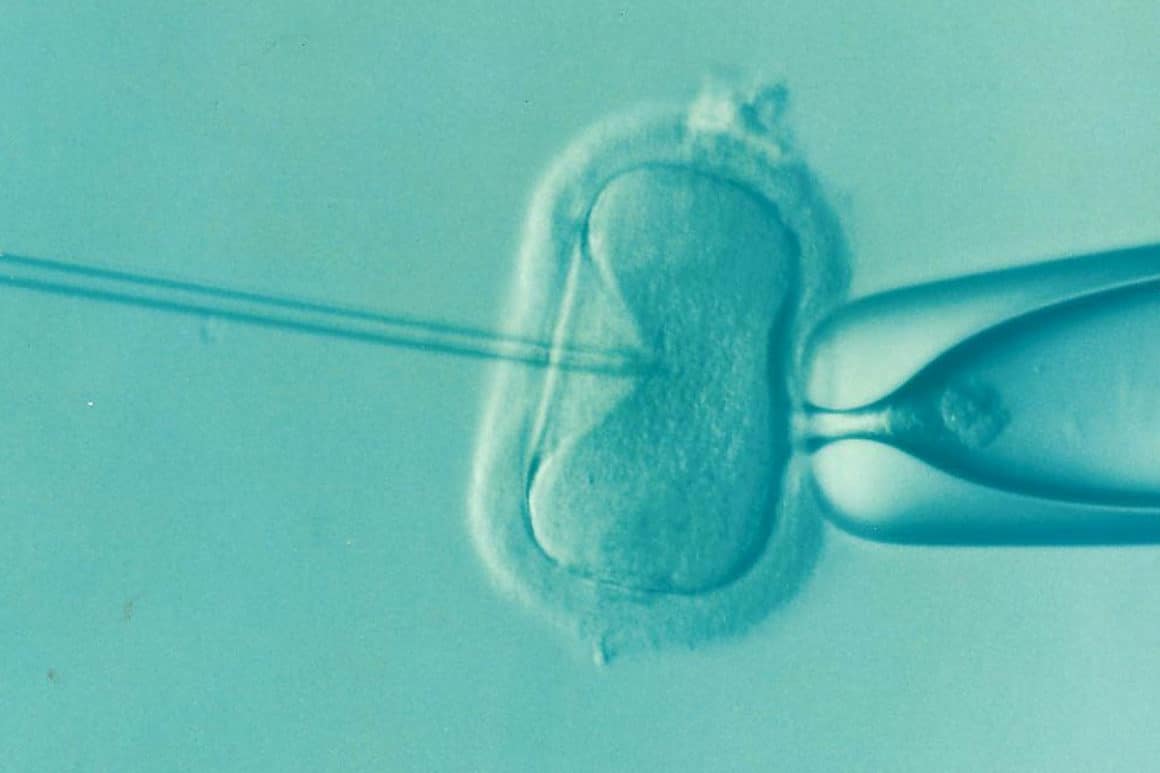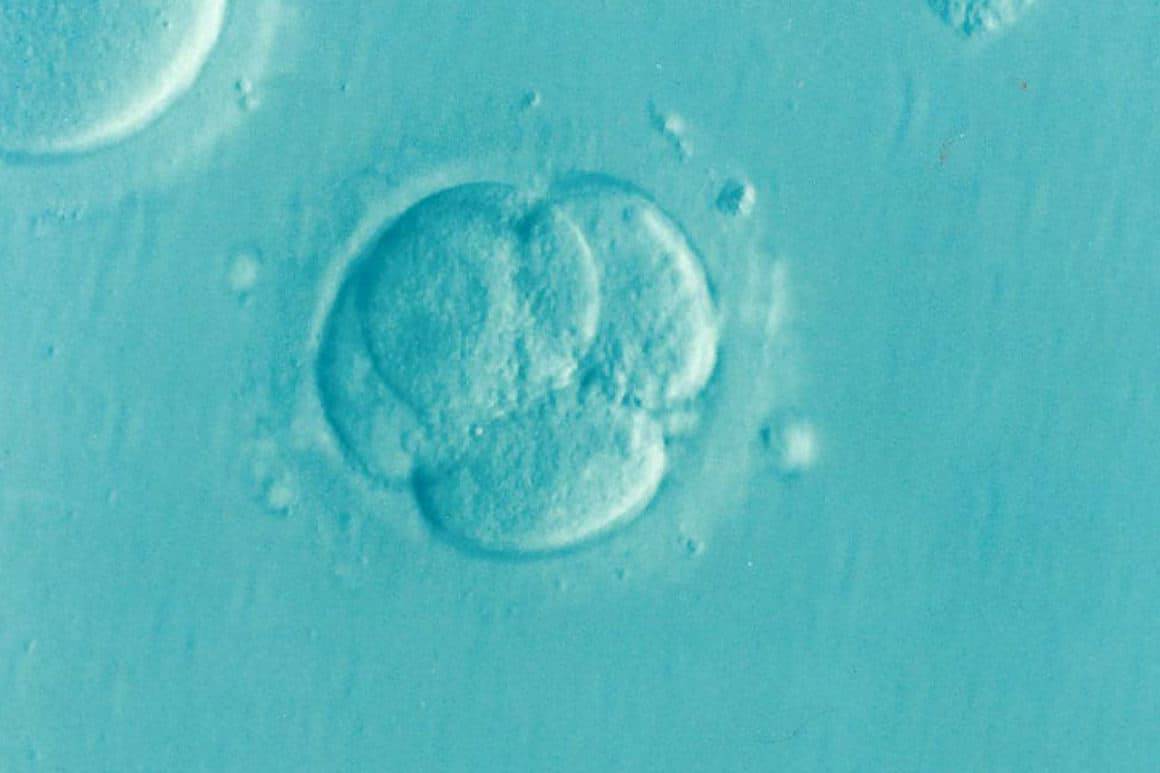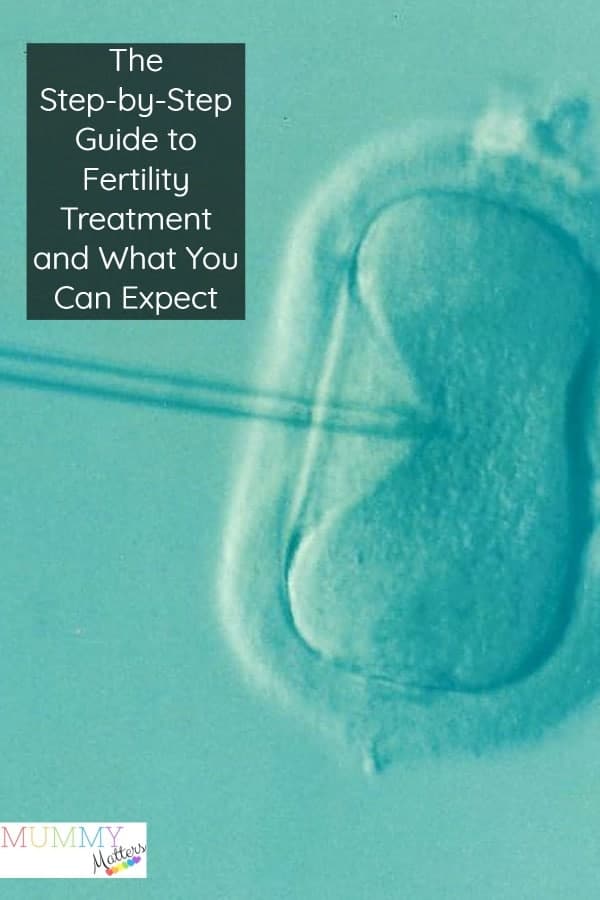When you are trying to get pregnant, but things do not seem to work out, fertility treatment from somewhere like Fertility Plus may be your only option. However, the process can be intimidating if you don’t know how to go about it. Deciding to do IVF (in vitro fertilisation) is nerve-wracking and exciting at the same time. On one end, this process takes you closer to getting pregnant, while on the other, it can be a stressful period for you. To be prepared for IVF, here is what you will need to know.
What are the Basics of IVF?

As mentioned earlier, IVF stands for in vitro fertilisation. This treatment procedure usually involves using the female’s eggs and putting them in a dish that contains sperm cells. If the process is successful, the retrieved eggs will be fertilised to become embryos. One or two healthy embryos are then selected and transferred to a woman’s uterus.
In some situations, assisted fertilisation may be required. Intracytoplasmic sperm injection can be utilised with an assisted technology that involves injecting a sperm cell into an egg. Intracytoplasmic sperm injection is usually necessary if past IVF cycles do not work or in cases of severe infertility in a male. However, before egg retrieval can be done, the ovaries need to be stimulated. In the absence of fertility drugs, the body may mature a single egg every month. In the case of IVF, you’ll need so many eggs. Injectable fertility drugs can stimulate the ovaries so they can mature lots of eggs for retrieval.
The Costs and Risk of Side Effects
A single IVF cycle can cost upward of £9,000. Many insurance firms do not cover this treatment procedure since only a few states require insurance providers to cover the process. Despite that, some insurance companies may offer different fertility benefits such as coverage for lab work and ultrasounds. Additionally, some fertility centres work hand in hand with lenders to give additional options for financing the process. Some pharmaceuticals can offer discounts on their products, while medical practitioners can sometimes provide a free sample. There are also numerous programs out there that offer free IVF cycles or financial assistance. Fertility clinic cost should not be a discouraging factor as there are different ways to make IVF relatively affordable.
You will be pumped with many hormones during the process, so you can expect to be full of emotions during the IVF cycle. Other minor side effects like cramping or bloating in the pelvic region, discomfort, pressure, and breast tenderness from fertility injections may be experienced. In some cases, you may experience ovarian hyperstimulation syndrome, which takes place when the drugs you took cause the production of too many eggs. Symptoms of this side effect can be weight gain, dizziness, nausea, severe pain or swelling, shortness of breath, and vomiting. Ovarian hyperstimulation syndrome is usually self-limiting, but you will need to contact your physician immediately if you experience the above symptoms.
Step-By-Step Treatment
Ovulation Induction
During the initial process, the ovaries are stimulated through medication for the production of eggs. The dosage and prescription needed for the induction process are specific and subjective to every patient. In the phase of the IVF cycle, medication may be used to help the eggs mature, prevent premature ovulation and prepare the uterus lining. However, it should be noted that progression to the retrieval stage may be cancelled due to inadequate developing follicles. Other reasons for the cancellation may include premature ovulation, too many developing follicles (which can result in ovarian hyperstimulation syndrome), and other medical complications.
Egg Retrieval
After the eggs have matured and before ovulation can take place, they are retrieved. Numerous eggs can be retrieved at the same time. After retrieval is complete, the mature eggs are incubated, and when they are identified to be healthy, they’ll be mixed with the sperm to fertilise.
Sperm Retrieval
This phase of the IVF cycle involves the provision of sperm. Retrieval can be done through testicular aspiration or masturbation. After the sperm has been collected, separation from the semen is done in preparation for the next in vitro fertilisation cycle.
Fertilization

In this phase of the IVF cycle, both the egg and sperm are introduced, and if fertilisation is successful, an embryo will be produced. In fertilisation, two primary techniques are used: insemination, a process involving introducing and incubating the healthy egg and sperm together, and intracytoplasmic sperm injection, where healthy sperm is directly injected into the egg. The intracytoplasmic sperm injection is used to assist in the fertilisation process when there is a low quantity or quality of semen.
Embryo Transfer
After successful fertilisation, one or two embryos may be available for transfer into the uterus. The transfer process into the uterus is done using a syringe and a catheter. Once there is successful implantation of the embryo to the uterus lining, impregnation occurs.
Progesterone Support
Before the embryo can be transferred, you will need to start taking progesterone supplements on or after the retrieval day. Often, during the IVF treatment, progesterone is administered as an intramuscular self-injection. In other cases, progesterone supplementation can be taken as a vaginal gel, pills, or vaginal suppository.
After the progesterone has been administered, nothing much takes place for about two weeks. You also need to know that the two weeks following the transfer may be difficult emotionally than the weeks of treatment. You’ll notice that you were too busy visiting your doctor all the time in the steps before the transfer, but after the transfer is complete, there will be a drop in inactivity. At this point, you may have so many questions, especially concerning the two—week wait period. To avoid getting overly stressed, you’ll need to keep yourself busy and avoid thinking about the possibility of the treatment failing, as this will only make you worry more.
Pregnancy Test and Follow-Up
In approximately nine days after the transfer has happened, a pregnancy test is done. In most cases, this is a serum pregnancy test and will also include testing progesterone levels. Your doctor may choose to repeat these tests every few days to ascertain the results. If the test is positive, you’ll be advised to continue taking the progesterone supplementation for some more weeks. In addition to that, your doctor will follow up with ultrasounds and blood work to monitor the progress of the pregnancy and watch for signs of ectopic pregnancies or miscarriages.
Possible In Vitro Fertilization Pregnancy Risks

Once the pregnancy has been determined, your doctor will keep a close watch to determine whether multiple pregnancies were realised in the process. The risk of multiple pregnancies is often higher with in vitro fertilisation, and multiple pregnancies pose a greater risk for the mother and the babies. Some of the dangers that could be experienced include maternal bleeding, premature labour, delivery, high blood pressure induced by pregnancy, C-section delivery, and gestational diabetes. In a high-order pregnancy, the doctor may suggest a procedure known as multifetal pregnancy reduction that will help reduce the number of fetuses. This procedure is sometimes recommended to increase the likelihood of having a healthy, successful pregnancy.
It should also be noted that women who conceive through in vitro fertilisation are likely to experience spotting during the early phase of their pregnancy. However, this may resolve without any complications. The rate or risk of miscarriage is just about the same for those who conceive through the natural process. For women in their twenties, the miscarriage rate is low as fifteen per cent, while this rate may be over fifty per cent for women above forty years of age. With IVF, the risk of ectopic pregnancy is about two to four per cent, which generally means that ectopic pregnancy cases are shallow. If you happen to develop ovarian hyperstimulation syndrome from taking fertility drugs, recovery may take time if you get pregnant.
When IVF is not successful
If the pregnancy test is negative after twelve to fourteen days post-transfer, your doctor asks you to stop taking progesterone and wait for your period to begin. What you will do next from here will depend on what you, your partner, and your doctor decide. If it’s a sperm health issue, your doctor might advise your partner to take vitamins for sperm support and start a healthy diet to help improve IVF and sperm health. If this was your first cycle, the doctor might recommend another cycle because the chances of success are after attempting several cycles.
Conclusion
Fertility treatment is usually an emotional process. When you decide to go through this process, you will need to prepare yourself psychologically. There are successes and failures in the IVF cycles, but the important thing is never giving up. Do not allow your emotions to prevent you from having that child you have always desired. Please make sure you seek advice from your doctor throughout the process and follow their guidance to the latter.

